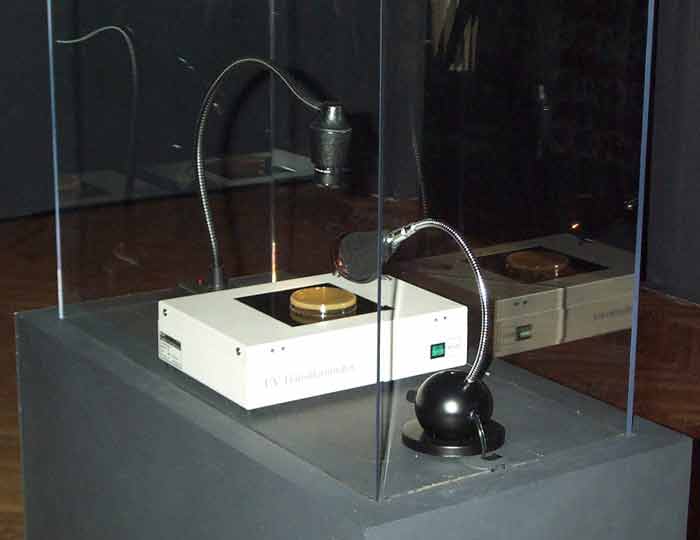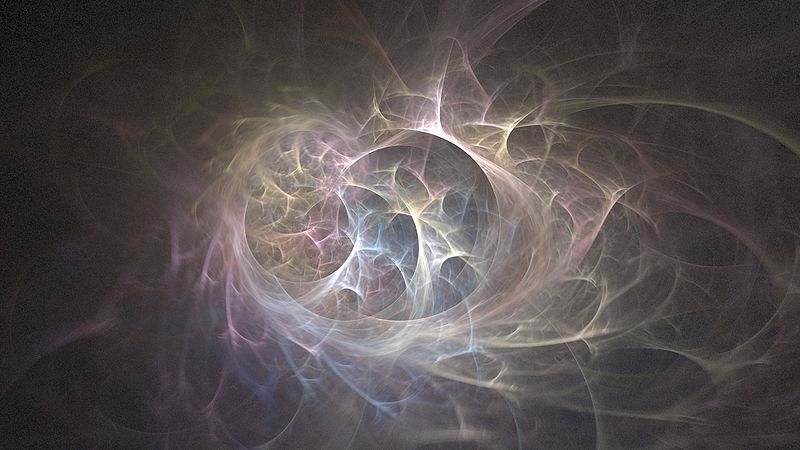On 29 Oct, 2010 With
Massurrealism Massurrealism is the name given to an art genre characterized by the convergence of surrealism and mass media, including the influence of pop art. The definition was originated in 1992 by American artist, James Seehafer. History Massurrealism is a development of surrealism that emphasizes the effect of technology and mass media on contemporary surrealist imagery. James Seehafer who is credited with coining the term in 1992 said that he was prompted to do so because he had been unable to find a simple explanation to characterise the type of work he was doing, which combined elements of surrealism and mass media, the latter consisting of technology and pop art—”a form of technology art.” He had begun his work by using a shopping cart, which “represented American…
Read More
On 27 Oct, 2010 With
Odd Nerdrum (born April 8, 1944, Sweden), is a Norwegian figurative painter. The themes and style in Nerdrum’s work, based onanecdote and narrative, and the major influence of the painters Rembrandt and Caravaggio place him in direct conflict with the abstractionand conceptual art considered acceptable in much of his native Norway. Nerdrum creates six to eight paintings per year that have been categorized as: Still life paintings of small objects like bricks, portraits and self portraits whose subjects are dressed as if from some other time and place, and large paintings, allegorical in nature that present a sense of the apocalyptic, and again reference another time. Nerdrum claims that his art should be understood as kitsch rather than art as such. “On Kitsch“, a manifesto composed by Nerdrum describes…
Read More
On 20 Oct, 2010 With
New media art New media art is a genre that encompasses artworks created with new media technologies, including digital art, computer graphics, computer animation, virtual art, Internet art, interactive art technologies, computer robotics, and art as biotechnology. The term differentiates itself by its resulting cultural objects and social events, which can be seen in opposition to those deriving from old visual arts (i.e. traditional painting, sculpture, etc.) This concern with medium is a key feature of much contemporary art and indeed many art schools and major Universities now offer majors in “New Genres” or “New Media”. New Media Art often involves interaction between artist and observer. New Media concerns are often derived from the telecommunications, mass media and digital modes of delivery the artworks involve, with practices ranging from conceptual to virtual art, performance to installation.
Read More
On 16 Oct, 2010 With
Software art Software art refers to works of art where the creation of software, or concepts from software, play an important role; for example software applications which were created by artists and which were intended as artworks. As an artistic discipline software art has attained growing attention since the late 1990s. It is closely related to Internet art since it often relies on the Internet, most notably the World Wide Web, for dissemination and critical discussion of the works. Art festivals such as FILE Electronic Language International Festival (São Paulo),Transmediale (Berlin), Prix Ars Electronica (Linz) and readme (Moskow, Helsinki, Aarhus, Dortmund) have devoted considerable attention to the medium and through this have helped to bring software art to a wider audience of theorists and academics.
Read More
On 8 Oct, 2010 With
Relational Art Relational Art or “Relational Aesthetics” is a mode or tendency in fine art practice originally observed and highlighted by French art critic Nicolas Bourriaud. Bourriaud defined the approach simply as, “a set of artistic practices which take as their theoretical and practical point of departure the whole of human relations and their social context, rather than an independent and private space.” Origin of the term One of the first attempts to analyze and categorize art from the 1990s, the idea of Relational Art was developed by Nicolas Bourriaud in 1998 in his book Esthétique relationnelle(Relational Aesthetics). The term was first used in 1996, in the catalogue for the exhibition Traffic curated by Bourriaud at CAPC musée d’Art contemporain de Bordeaux. Trafficincluded…
Read More
On 7 Oct, 2010 With
Visionary art is art that purports to transcend the physical world and portray a wider vision of awareness including spiritual or mysticalthemes, or is based in such experiences. Definition The American Visionary Art Museum defines Visionary art as “….art produced by self-taught individuals, usually without formal training, whose works arise from an innate personal vision that revels foremost in the creative act itself.” It goes on to say that visionary art is a product of an inner process, and may not even be thought of as art by its creator; it also differentiates Visionary art from Folk art. Alexander Beiner, host of Visionary Artists Podcast, has proposed an alternative definition, suggesting that “Visionary Art is any art that seeks to represent or explore mystical experience. As…
Read More
On 5 Oct, 2010 With
Dante Gabriel Rossetti. The Pre-Raphaelite Brotherhood (also known as the Pre-Raphaelites) was a group of English painters, poets, and critics, founded in 1848 by William Holman Hunt, John Everett Millais and Dante Gabriel Rossetti. The three founders were soon joined by William Michael Rossetti,James Collinson, Frederic George Stephens and Thomas Woolner to form a seven-member “brotherhood”. The group’s intention was to reform art by rejecting what they considered to be the mechanistic approach first adopted by the Mannerist artists who succeeded Raphael and Michelangelo. They believed that the Classical poses and elegant compositions of Raphael in particular had been a corrupting influence on the academic teaching of art. Hence the name “Pre-Raphaelite”. In particular, they objected to the influence of Sir Joshua Reynolds, the founder of the English Royal Academy of Arts. They called him “Sir Sloshua”,…
Read More
On 4 Oct, 2010 With
Young British Artists Young British Artists or YBAs (also referred to as Brit artists and Britart) is the name given to a group of conceptual artists, painters, sculptors and installation artists based in the United Kingdom, most (though not all) of whom attended Goldsmiths College in London. The term Young British Artists is derived from shows of that name staged at the Saatchi Gallery from 1992 onwards, which brought the artists to fame. It has become a historic term, as most of the YBAs are now in their forties. They are noted for “shock tactics”, use of throwaway materials and wild-living, and are (or were) associated with the Hoxton area of East London. They achieved considerable media coverage and dominated British art during the 1990s. Leading artists of the group…
Read More
On 3 Oct, 2010 With
Street art is any art developed in public spaces — that is, “in the streets” — though the term usually refers to unsanctioned art, as opposed to government sponsored initiatives. The term can include traditional graffiti artwork, stencil graffiti, sticker art, wheatpasting and street poster art, video projection, art intervention, guerrilla art, flash mobbing and street installations. Typically, the term street art or the more specificpost-graffiti is used to distinguish contemporary public-space artwork from territorial graffiti, vandalism, and corporate art. Artists have challenged art by situating it in non-art contexts. ‘Street’ artists do not aspire to change the definition of an artwork, but rather to question the existing environment with its own language. They attempt to have their work communicate with everyday people about socially relevant themes in ways that are informed by…
Read More
On 2 Oct, 2010 With
Peredvizhniki (Russian pronounced as Pear-rad-veezh-niki, often calledThe Wanderers or The Itinerants in English, were a group of Russian realist artists who in protest at academic restrictions formed an artists’ cooperative which evolved into the Society for Traveling Art Exhibitionsin 1870. History The society formed in 1870 in St. Petersburg under Ivan Kramskoi, Grigoriy Myasoyedov, Nikolai Ge and Vasily Perov’s initiative during a struggle of the avant-garde art forces of the country for democratic ideals, and in a counterbalance to the official center of art—the St.Petersburg Academy of Arts. The society developed the best traditions of the Artel of Artists headed by Kramskoi, who became the leader of the new association. Peredvizhniki were influenced by the public and aesthetic views of Vissarion Belinsky and Nikolai Chernyshevsky. Like most Slavophiles, Chernyshevsky was a liberal and ardently supported…
Read More



